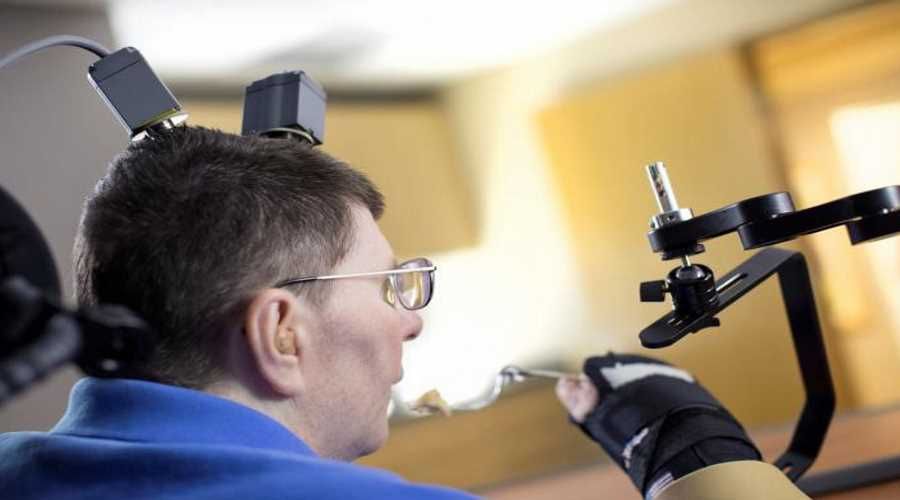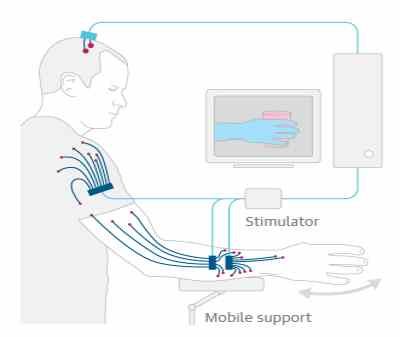
Researchers’ success. The paralyzed man moves his hand
Researchers continue to work relentlessly to restore paralyzed people’s power over their bodies. Using a brain-computer interface, the paralyzed man moved his own arm for the first time in eight years.
Bill Kochevar hit a weight while riding his bicycle ka. Since then, the now 53-year-old man has been paralyzed from the neck in d ł. However, thanks to the efforts of the scientists of Case Western Reserve University and the Cleveland Functional Electrical Stimulation Center m head to drink coffee again and eat a meal on their own for the first time in eight years.
All thanks to the scientifically developed interface m zg-computer. The man was given an electrical implant for the motor cortex m zgu – area responsible for planning and executing movements in any part of the body. This implant was connected to electrodes placed in the man’s arm, which re stimulate his muscles.
The sensor in the m The paralyzed man’s brain collects information about the movement he wants to make, then sends it to the computer. This one in turn analyzes the data and sends it to electrodes placed in the arm. Thanks to this, the man can control the work of his arm with his thoughts.

– I think what I want to do, and the computer system does it for me – said Kochevar. –It does not require particularly hard thinking – added. However, before the patient could move his arm, the man had to be taught how to use the virtual arm. The muscles of the hand also had to be rebuilt, kt re atrophied due to inactivity for many years. The rehabilitation lasted 45 weeks.
This technology is the first in the world to allow a paralyzed person to rewire a ct the paralyzed man control over his own body. Technology is still in its infancy, but has enormous potential. For paralyzed wasps b such a simple activity as eating a meal on one’s own is at a premium.
– Our research is at an early stage, but we believe that this neuroprosthesis can zwr cate the ability of paralyzed individuals to control the movement of in daily activities, offering them greater independence – said study leader Dr. Bolu Ajiboye of Case Western Reserve University.
– We believe that with further development, this technology may allow for more precise control, enabling a wider range of actions, kt re can significantly change the life of os b affected by paralysis – added.
The researchers hope that in the future the technology they have developed will become a routine treatment for paralyzed wasps b. In a further stage of development, the wires will be replaced by wireless technology, and the sensors will be implanted under the sk the arm, so that it will not be in og le can see the interface.
The findings were published in the journal „The Lacet”.
Source background: The Lancet, The Guardian, fot. Case Western Reserve University/Cleveland FES Center


